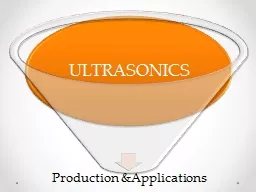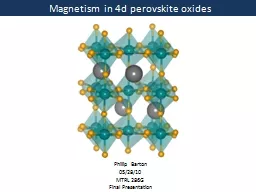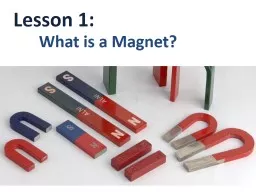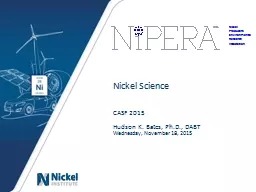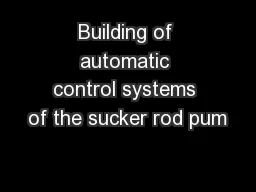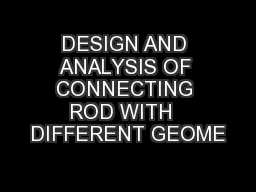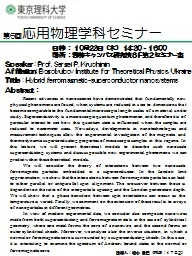PPT-XY is a rod of ferromagnetic materials like iron or nickel.
Author : sherrill-nordquist | Published Date : 2016-08-01
The alternating magnetic field is generated by electronic oscillator The coil L 1 wound on the right hand portion of the rod along with a variable capacitor C
Presentation Embed Code
Download Presentation
Download Presentation The PPT/PDF document "XY is a rod of ferromagnetic materials l..." is the property of its rightful owner. Permission is granted to download and print the materials on this website for personal, non-commercial use only, and to display it on your personal computer provided you do not modify the materials and that you retain all copyright notices contained in the materials. By downloading content from our website, you accept the terms of this agreement.
XY is a rod of ferromagnetic materials like iron or nickel.: Transcript
Download Rules Of Document
"XY is a rod of ferromagnetic materials like iron or nickel."The content belongs to its owner. You may download and print it for personal use, without modification, and keep all copyright notices. By downloading, you agree to these terms.
Related Documents

